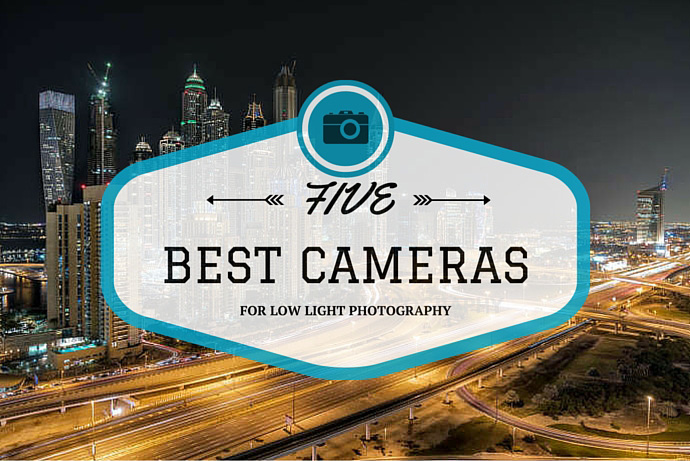
Have you been having the worst time every trying to pick out a camera for night shoots? Everyone who claims to be a photographer is able to give you advice on the features to watch out for when choosing your first camera for good daylight photographs.
This is because in daylight, everything is the ideal condition. Most of what you need to watch out for need not be too technical in nature. With night or low light settings, it is a very different story indeed.
Thinking of buying a new camera to begin photography? Check out our recommendation for the best camera for beginners.
There are some basic features in every camera that it would serve you well to remember if you are an amateur photographer who hasn’t really delved into anything more than pointing a DSLR, adjusting the focus and capturing a picture.
There is a lot of competition between camera manufacturers and each one of them has invested in making their unique in one way or another. Whether you are going for a safari trip to capture those amazing prey and predator moments or you are a professional photographer, you will have it easy picking the best camera if you determine the best features to go for.
The devil is in the details when it comes to this type of photography, so learn the basic features of a good camera and trust in our recommendations.
Things to Consider While Buying Camera for Night Photography
For low light and night photography, you are going to need to look for certain settings and options on the cameras you are looking to buy. These include:
1. Sensor – A larger sensor means that more light is used for each photograph. This increases the brightness of a picture at night without the need for a flash. Look for a sensor that is of the
CMOS variety. These are cheaper and are more advanced than older CCD sensors. APS-H sensors as well as Full Frame sensors are also good for night photographs, but they might be a little more expensive.
2. ISO – ISO is the sensitivity of the camera to the light being used by the sensor. The higher the ISO setting on the camera, the more likely it is to have a bright result. Higher ISOs do add graininess to the pictures you take, so make sure you balance out the ISO setting with the light of the subject. For low light, an ISO setting of 800 or 1200 is going to be good enough.
3. Aperture size – The f/stop value of the camera shows the aperture size of the camera. Typically, for low lighting, you need to let more light in for the sensor. This means having a small f/stop value for a larger aperture. Look for cameras with f/3.5 or lower for better pictures at night.
4. Shutter speed – Slower shutters allow more time for the image to be exposed to the light coming through the aperture. The slower the speed of the shutter is, the better the quality of your night pictures. However, the slightest movement at these slow speeds cause a lot of motion blur in your pictures, so try to keep the camera on a flat surface or tripod when taking photos.
Does size of sensors matter?
If you are a new entrant to the world of photography, you probably still think that the more MPs a camera has, the better image quality it has. The truth is that the amount of megapixels pales in comparison to the type of sensor that is used in the camera.
High Megapixel does NOT mean better image quality
The sensor size determines how much outside lighting is let in, in order to compose an image in the camera. The larger the sensor, the better the lighting of the image is, as long as you adjust the ISO setting accordingly.
This is one of the most essential features to have in low light if you don’t have an external light source. Larger sensors also help with focusing on a subject while blurring out the background. You do have to balance out the size of the sensor with the level of portability you want on your camera, though, so make sure you choose cautiously.
Apertures
While the sensor controls the amount of light used by the camera to create a picture, and the ISO changes the sensitivity of the camera to light, the aperture physically controls the amount of light allowed to enter the camera.
Larger apertures allow more light in and smaller apertures allow less. Increasing the size of the aperture during a shot allows you to shoot wider, but you lose focus of anything in the background and bring all foreground subjects into sharper detail.
Shutter Speed
The last of the three biggest components of good photography – shutter speed is what takes those sweet blurred pictures. Adjusting this setting on a good camera allows for dramatic effects without too much effort.
This comes from someone who had a photographer friend physically moving a camera quickly while shooting, hoping to get some blur on their pictures. This won’t be necessary if you properly pick the shutter speed.
A shutter works by blocking off the lens to light from the aperture until the capture button is pressed. When this happens the shutter opens and closes at a certain speed, letting light in for the time that it is open.
Slower speeds result in motion blur, which can be used creatively with practice. The quicker the shutter speed is, the easier it is to capture and “freeze” moving objects without blur.
Top 5 best cameras for night photography comparison chart:
| Name | Sony a6000  See it on Amazon | Nikon D3300  See it on Amazon | Canon EOS Rebel T5 See it on Amazon | Panasonic Lumix FZ200 See it on Amazon | Nikon D7000  See it on Amazon |
| Megapixel | 24 MP | 24.2 MP | 18 MP | 12.1 MP | 16.2 MP |
| Sensor Size | APS-C | APS-C | APS-C | 6.2mm x 4.6mm | APS-C |
| Max ISO | 25600 | 12800 | 6400 | 3200 | 6400 |
| Display Size | 3 inches | 3 inches | 3 inches | 3 inches | 3 inches |
| Burst Mode | 11 fps | 5 fps | 3 fps | 12 fps | 6 fps |
| Video Res. | 1080p | 1080p | 1080p | 1080p | 1080p |
Here are some of the top low-light cameras in the market today. Despite a camera having all the prerequisite features to produce amazing images, it is critical that you consider practicing.
The Best Cameras for Night and Low-light Photography
1. Sony Alpha A6000 – Our Pick
Key features:
- 24MP CMOS sensor
- ISO 100-25600
- 11 FPS continious shooting
- Built-in WiFi
- Electronic viewfinder
This is a step up from the standard digital camera or DSLR because it is mirrorless. One of the biggest perks of a mirrorless camera is that is can have an adjustable aperture size, whether it is f/4.0 or f/2.8.
This makes it the ideal choice for low light photography without the need for addition lens kits. The camera, which is offered in black, silver and white colors, is only $546.00 but has a range of options for kits, such as the 16-50mm, 16-50mm+50mm, 16-50mm+55-210mm, 18-55mm+55-210mm, 50mm and 55-210mm.
The sensor on the Alpha A6000 is 24MP and is of the APS-C CMOS variety, making it highly viable for low light shots. This is made even better by the high ISO setting of 100-25600, expandable to 51200. This is great for higher adjustment range for the sensitivity to light of photos.
Sensitivity to moving subjects is also ramped up with the 179-point focal phase detection and the 25-point contract detection offered by the hybrid autofocus technology of the camera, which can also shoot continuously at 11fps. It is Wi-Fi and NFC compatible, and has a shutter speed of 30 – 1/4000, which is great for shooting motion blurred pictures in low light.
This camera is our obvious top pick because of the many features associated with it. During testing, the low weight of the camera and the versatility as well as the speed of use were all very noticeable, making this a good choice for action shots at night without prior preparation either.
Pros
- Mirrorless camera
- Low weight
- 11fps continuous shooting
- High range of kit options
- Adjustable aperture
- High ISO range
- Wide shutter speed range
- High end sensor
Cons
- Feels a little fragile compared to DSLRs
2. Nikon D3300
Key features:
- 24.2MP CMOS sensor
- ISO 100-12800
- 5fps continous shooting
- WiFi (requires Wireless Adapter)
- 11 AF points with 3D tracking
This DSLR camera from Nikon makes use of a 24.2 MP CMOS DX-format sensor. This makes it very viable for low light photography because of the technology and the higher amount of megapixels combined.
It comes in a choice of Black, Red and Grey colors for more personalization, and has a few different camera zoom and lens kits available such as an 18-55mm, 18-55mm + 55-200mm and 18-5mm + 55-300mm.
Continuous shooting is a possibility with 5fps shots. There are 11 different points for autofocus, and 3D tracking features are present in the camera for better focus on moving subjects. The ISO range is 100 – 12800, and is expandable up to 25600. When it comes to aperture, this camera is a f/3.5 aperture which is quite good for taking in more light in darker environments.
This camera made our second top pick because of the great features that it has for the low price tag of $546.99, as well as the continuous shooting. It is very versatile in both day and night settings, with an easy to use guide mode for beginners and a quick-switch panoramic capture mode as well.
Pros
- High quality sensor
- High MP value
- Multiple customizations
- Continuous shots
- Guide mode and panorama switching
- High ISO range
Cons
- Aperture size might be too small for some users
3. Canon Rebel T5
Key features:
- 18PM CMOS sensor
- ISO 100-6400
- DIGIC 4 Image Processor
- 3fps continous shooting
This is a DSLR camera from Canon that has a price tag of just $399.00. It comes with an APS-C format CMOS sensor at 18MP. The sensor is good enough to produce high quality images with low lighting environments.
In addition to this, the camera has the ability to shoot images in RAW format for better, uncompressed picture quality, as well as continuous shots at 3fps. Autofocus is present and is useful for 9-point phase detection.
The aperture on the T5 is an f/3.6 – f/2.2 in wide angle shooting and f/5.6 – f/3.8 in telephoto mode. The f/2.2 setting is great for low light because it makes for a larger aperture size when taking pictures. Combining this with the shutter speed range of 30 – 1/4000 and you have a pretty great night mode camera.
The one shortcoming is the lack of range with the ISO settings compared to other cameras, but it is still able to meet requirements for low light, with the ISO range being 100-6400. The Rebel makes use of the proprietary Canon DIGIC 4 image processor for the best quality throughout.
Pros
- High end sensor
- Good shutter speed range
- Powerful DIGIC 4 processor
- Great aperture size range
- Low price
Cons
- ISO range might not be enough for some users
4. Panasonic Lumix DMC-FZ200
Key features:
- 12.1MP CMOS sensor
- 12fps continuous shooting
- ISO 100-3200
- Electronic viewfinder
At $354.99, this is one of the cheaper cameras out there. However, it has a lot of features that are usually on high end cameras.
This EVF type unit has a 12.1MP 1/2.3” CMOS sensor built in, making it great for night shots in below-average lighting conditions.
It offers a number of image storage formats including RAW and RAW+JPEG for lower compression unless it is absolutely necessary. The ISO range of the camera is good too, with a range of 100-6400 with extended ISO settings enabled through the camera software. While this may not be sufficient for the professional photographers in extreme conditions, it is more than capable of meeting the requirements of the average enthusiast.
This camera also supports continuous capture mode at a high framerate of 12.1fps. It has an HDMI out port for the full HD video it can take too. The aperture size of the 4x digital zoom and 24x optical zoom camera lens by Leica is ideal for night shots, at f/2.8, and ranges all the way up to f/8.0.
The Lumix supports autofocus and face tracking as well. The shutter speed is slow enough for the best exposure over time, at 60 – 1/4000. There are also different exposure modes available through the camera UI for added customization.
Pros
- High quality sensor
- Good image formats
- High fps continuous shots
- Large aperture size
- Slow shutter speeds
- Exposure options
Cons
- ISO range might be low for some
- Sensor could be an APS-C instead
5. Nikon D7000
Key features:
- 16.2 MP DX-format CMOS sensor
- 6fps continuous shooting
- ISO 100-6400
This is a Pro SLR type of camera from Nikon. It sells for $547.00 and is an older type of camera that offers some great features.
It is a little on the heavy side at over a kg with batteries and kit lens, probably due to the 16.2MP high quality APS-C CMOS sensor, which can capture good low light images and save them in either RAW or RAW+JPEG format.
The camera has 39 point autofocus phase detection with 3D tracking enabled. For low light shoots, the ISO range of the camera can be increased from 100 up to 25600 based on need. There is an automatic ISO mode as well as multiple white balance options.
The sensitivity to light can be adjusted along with the shutter speed that ranges from 30ms to 1/8000ms. Finally, the aperture size is also very good for low light with a wide angle and telephoto mode available. At wide angles, the size ranges from f/3.5 to f/2.2.
Pros
- Good aperture range
- High ISO range
- High quality sensor
- Good image storage formats
- Slow shutter speeds possible
Cons
- Quite heavy to carry around
When picking a camera for your low light shoots, make sure you try for the larger aperture sizes, higher ISO ranges and slower shutter speeds. If you can make these three features work in tandem with one another, you are going to be able to get some really high end snaps.
- Related: Sony A6300 Review

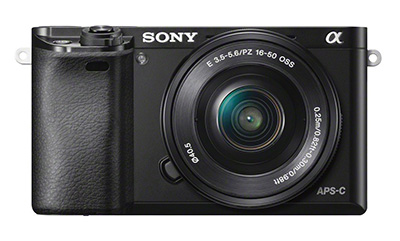
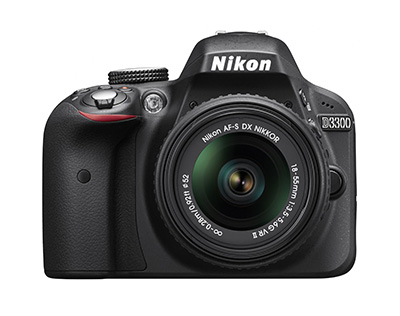
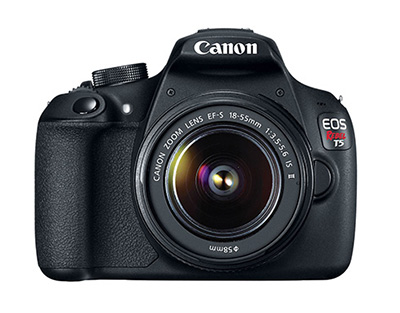
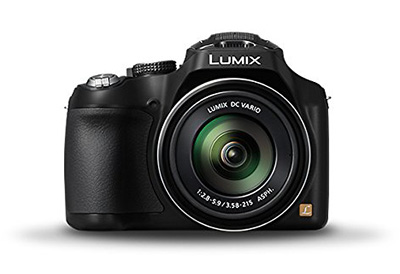
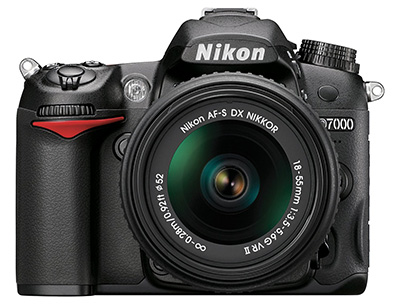
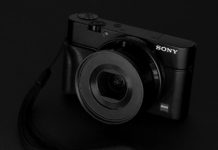
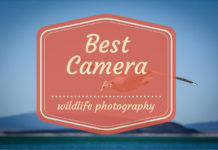
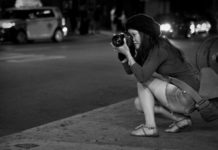
Hi, what would be a decent equipment set up for landscape and Night photography for around 1200$. I am bit limited to a tight budget. Thanks
Hello, I am searching for a camera for night shots of the sky. Which camera/lens do you recommend? Thanks!
No matter what type of camera you use, you must consider the lightning and ISO options. These really helps a lot especially when taking a night photography. Good tips bro
I liked the article. I have recently been looking at getting into photography and one of the aspects I want to learn more about is low-light/night photography. I have narrowed it down to a couple cameras, a few of which are on here.
You have the FZ200 on here. Is that really going to be that good for low light night shots? The FZ300 right now is the first on my list. I have around a $600, give or take a little As you know it replaced the FZ200. The thing that trips me up most on this camera is the size of the sensor. Can that be overcome so I can have some nice night shots that are printable? I was reading this article and essentially the higher of an ISO I use the smaller the print (to have quality that is, http://www.imaging-resource.com/PRODS/panasonic-fz300/panasonic-fz300A5.HTM). Because of my budget this was the camera I was going with. I love the features that I seen when someone suggested to me to look into superzooms, one lens, everything in one package.
Just recently I started considering and looking at used cameras. I know that the D3300 is Nikon’s entry level. I have seen some good packages and deals that would keep me in my budget and give to me a few lens also. Then I seen the D7100, environmentally sealed upgrade over the D7000. I like this one and a nice refurbished or used one would keep me in my range however I know there are trade offs. In some posts I’ve read they say for the beginner to just get one lens and get really good with that for your first year before you buy more. So I’ve been considering and looking at that.
I know that each of these cameras have little differences from the next one. Other things I would like to do with the camera, wildlife and landscapes, some macro. I love the outdoors. That’s one of the things I like about the I mentioned that are environmentally sealed.
Sorry for rambling, to bring it back, is the FZ300 going to be a decent camera I can print off, I’m not talking huge, just cerca 8×10, possibly 11×16. Whats your take between the 3300 and the 7100, for night, general and outdoor use?
thanks a ton and sorry for go on…..